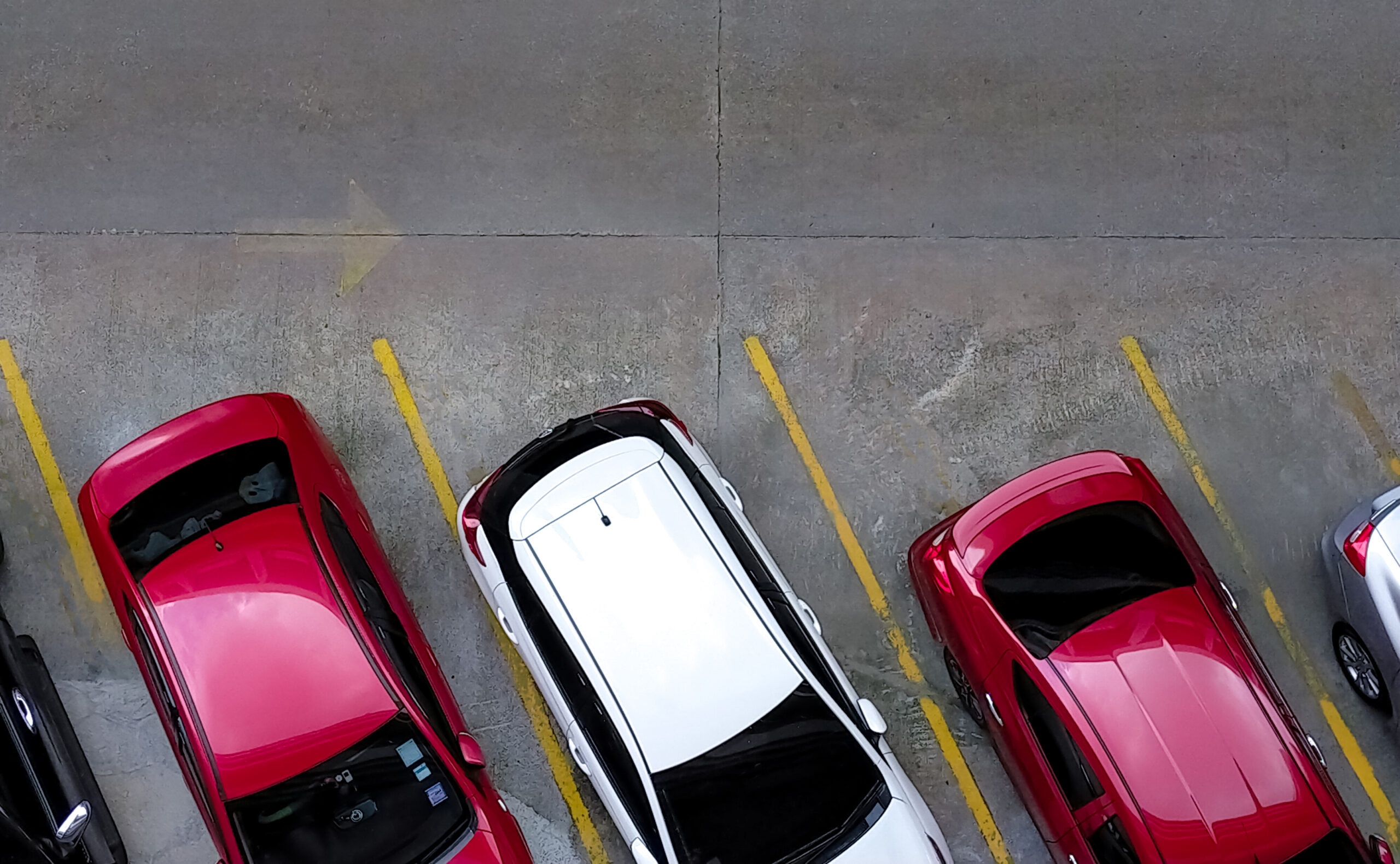Looking under the hood, this issue could become a big problem for the company.
One of the hottest stocks this year has been Carvana (CVNA 1.82%), which has risen over 228% in 2024. The online auto retailer looked like it was on the brink of bankruptcy a couple of years ago, but it has engineered a solid turnaround.
The company has been posting some strong quarterly results that have encouraged investors. However, a new red flag has recently emerged. Let’s take a look at the used car sales specialist and why investors might want to avoid its stock at the moment.
A rebound in the business
Since its initial public offering, Carvana has been a divisive stock, loved by bulls and hated by bears. The company grew rapidly in its early days, expanding into new markets at a brisk pace. However, it was also burning through a tremendous amount of cash in the ramp-up process, leaving its balance sheet deep in the red.
Burdened by a pile of debt, the company and its bondholders agreed last year to do a debt exchange that reduced $5.52 billion in unsecured notes to $4.19 billion in new senior secured notes. By reconfiguring the debt, the bondholders’ notes were now fully secured by the company’s assets.
As part of the deal, Carvana was also able to reduce its cash interest payments by $455 million a year for one year and possibly two years if it chose to, because the bond’s interest could be paid in kind (PIK) the first two years, meaning that instead of paying with cash, the principal just increased. The bondholders were also able to get incredibly high rates of return on their debt: between 12% to 14%. However, the company has announced it intends to begin paying some of the bond interest in cash next year and not use PIK with the debt.
After a big slowdown in unit volumes last year, Carvana has been able to return back to brisk growth in 2024. In the first quarter, retail volumes rose 16% year over year to 91,878, and in the second quarter by 33% to 101,440 units. Notably, though, revenue growth has lagged behind unit volumes in the second quarter at just 15%. This was largely due to the company selling less-expensive vehicles.
Another big area of improvement this year is with gross profit per unit (GPPU). The GPPU on just the retail sale of cars climbed 28% year over year in the second quarter to $3,421 from $2,666 a year ago. That compares to the $2,347 GPPU that rival CarMax realized in its most recent quarter. In other words, Carvana can make more than $1,000 extra in profit on each vehicle compared to CarMax on just the sale of the vehicle.
Carvana also gives a total GPPU metric of $7,049, but that includes wholesale sales of vehicles it buys and then sells at auction, as well as revenue generated from loan originations and selling things like warranties.
Image source: Getty Images
A red flag
While things certainly seem to be improving, one new red flag for Carvana has emerged. As part of its business, it sells the finance receivables to third parties for the cars it sells. Since most buyers don’t pay for cars with cash, but finance them instead, this accounts for a large percentage of the company’s sales. It has generated $317 million in high-margin revenue from these sales through the first six months of this year.
The biggest buyer is Ally Financial (ALLY -1.37%), which agreed to buy $4 billion in Carvana’s finance receivables between Jan. 11, 2024, and Jan. 10, 2025. Earlier this month, Ally shares plunged after the company’s chief financial officer warned that it was seeing increased credit challenges on the retail auto side of its business. Ally said that loan delinquencies in July and August were 20 basis points higher than expected and that late-stage delinquencies (61 days or more past due) are growing. It expects the situation to only worsen in the coming months, as borrowers continue to struggle with a higher cost of living.
Carvana’s sales to Ally are non-recourse, meaning that it’s not on the hook for the poor-performing auto loans that it is selling to Ally. However, if these auto loans continue to perform poorly, there certainly will be changes. Ally could get better terms in the future, wiping out those gains in high-margin finance receivables, or Carvana might even have to hold on to these loans if Ally no longer wants to deal with them.
In the second quarter, as noted above, Carvana’s unit sales grew much faster than its revenue, indicating it was selling less-expensive cars. At the same time, it was also getting a much higher profit per vehicle sale than its rivals. These two factors combined could indicate that the company has ratcheted up selling vehicles to buyers with lower-quality credit. This might not affect the company immediately, but it could become a very big issue if its finance-receivable buyers start to balk.
At the same time, Carvana’s debt issues have not gone away. The company still has $5.4 billion in long-term debt on its balance sheet, and through the first six months of the year, it generated $415 million in free cash flow. But if it had to pay cash interest on its debt, its free cash flow would have only been $130 million.
Given its debt, the company is not really in a position to throttle back on selling cars to subprime buyers, who are increasingly defaulting on their loans. Eventually, however, something is going to have to give, which makes Carvana a risky stock to own at this point.

